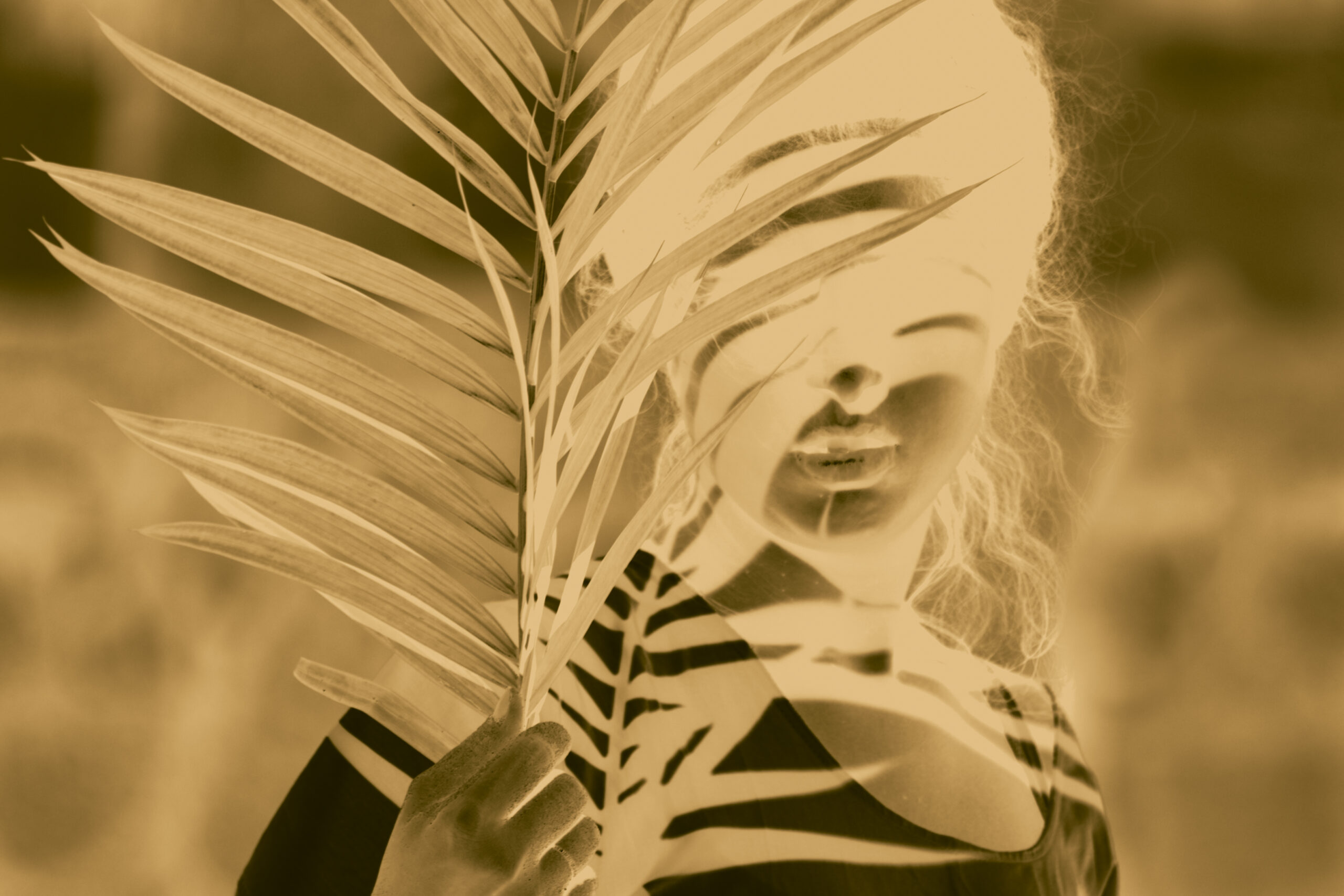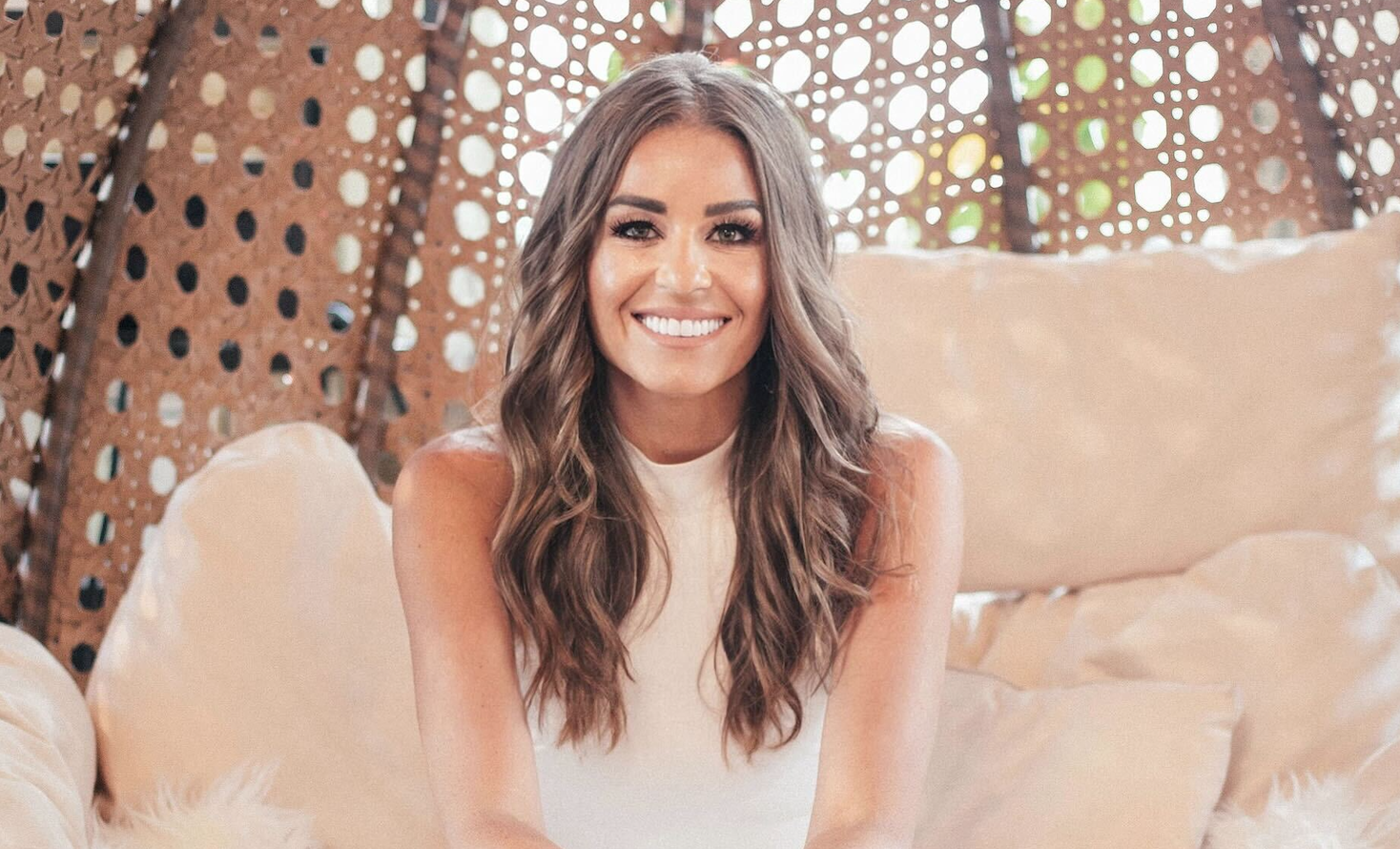
Documentaries have the power to educate, inform and, yes, even entertain us. But where do directors draw the line when it comes to being subjective vs objective? How do filmmakers navigate the ethics of storytelling when they become personally involved? And what kind of responsibility do we as audiences have, going beyond the edu-tainment we’ve just seen on screen?
These are some of the thoughtful questions being posed by award-winning filmmaker Martina Radwan in her new documentary feature ‘TOMORROW, TOMORROW, TOMORROW’. The film will hold its world Premiere in a sold-out screening at DOC NYC (America’s largest documentary festival) on Friday, Nov. 10 at Village East by Angelika, and a 2nd screening has been added to the festival on Thursday, November 16 at 6:15pm ET at Village East by Angelika.
‘TOMORROW, TOMORROW, TOMORROW’ starts where most films about homeless kids end, the day after they are taken in, and we assume it’s a happy ending – but what really happens next? Martina Radwan, a determined, idealistic and thoroughly unprepared American cinematographer, turns the camera on herself to tackle the emotional and ethical challenges that arise when she decides to support three Mongolian orphans (Baaskaa, Nasaa and Baani), while traveling back and forth.
Told over the span of six years, ‘TOMORROW, TOMORROW, TOMORROW’ is a deeply personal film and an honest portrait of how storytellers and their characters impact each other. As the filmmaker and central character, Martina grapples with what it means to intervene in a meaningful way. Ultimately she has to ask herself who is helping whom. The film addresses the messiness of love and belonging and the universal experience of parent-child relationships – while questioning the power imbalance and accountability that arise when we look and document.

“I instantly felt a deep connection when I met Baaskaa, who volunteered to participate in the film I initially was hired to shoot in Mongolia,” said Martina in a press release.
“When he shared his plan on how to get off the streets, I questioned if my camera alone could make a difference for him and decided to support him. A filmmaker at heart, I wanted to tell our story, but to do so truthfully, I had to include myself as a character, as my actions were changing the protagonists’ lives. But was my intervention helpful? The question really is how willing we are to go beyond the initial step and then examine the consequences of our action. I also wanted to tell a story that not only accepts, but embraces chaos and uncertainty. We have become so used to documentaries following the hero’s story, when in fact none of us gets to live it. Life is complex, confusing and requires do-overs, and our story reflects that.”
Martina was also the cinematographer of ‘SAVING FACE’, the 2012 Academy Award and Emmy Winner for Short Documentary, for which earned her an Emmy nomination, and she also more recently was the cinematographer of “Following Harry” about Harry Belafonte. ‘TOMORROW, TOMORROW, TOMORROW marks Martina’s feature documentary directorial debut, and we had the chance to ask her about the process of making this film, what she learned along the way, and what she hopes audiences will grapple with after watching.
TOMORROW, TOMORROW, TOMORROW_TRAILER from Martina Radwan on Vimeo.
Where did your film career begin, and what made you want to become a cinematographer?
I was always fascinated by the emotional impact movies and images can have, so much though, that I wanted to be a cinematographer. Coming from a mixed background, German and Syrian, I was fascinated by the universality of the visual language. Everyone understands images, even when words fail.
Documentary filmmaking has such a power to allow us to see into other people’s lives as we may never have been able to before. What is it about this medium that draws you?
What draws me most to documentaries is the humanity of getting to know people, people I may have nothing in common with, who’s language I don’t speak and yet, if you take the time to observe without judgement, we recognize each other, we recognize what we have in common, more than how we are different. Especially in a time of extreme polarization, documentaries remind us of what we have in common.
In addition, life writes crazy stories sometimes, complicated, layered stories, which don’t follow the three-act-hero story, I am interested in those stories.

What was the evolution of creating the main story in ‘Tomorrow, Tomorrow, Tomorrow’?
I had traveled to a lot of places, photographing people in peril, and had begun to struggle with the question of what the people who invite us into their home and share their story in fact are getting in return for their participation. There was an understanding that people participated in documentaries for the greater good. I had a hard time accepting that when I met Baaskaa. He had a clear plan on how to change his situation, but needed a hand, so I extended mine. I was very naive at the time, thankfully!
Themes of ethical filmmaking, boundaries and personal responsibility are explored in this film. Why do you feel it is important to discuss these issues?
That question leads back to the above, we assume that people participate for a greater good, when in fact – in an ideal world – we as documentarians are making a living doing what we love. In addition, as documentarians, we have to be sensitive about who is telling who’s story, and be aware of the privilege we have to travel, spend time to film, edit and exhibit.
In my case, I struggled with the power imbalance between me and the teens. I asked them to tell their story on camera, when in fact, I was the one who told our story. Although we decided to film everything, so there would be no judgement on what’s important and what is not – which I would never fully know anyways, since I didn’t speak their language – ultimately, I would be the one deciding what we’d use in the edit room. Since the ‘story’ wouldn’t have happened without my intervention, I included myself in the film and decided that I had to be the main character, since I could only talk truthfully about myself.
How did your involvement in the film shape the cinematography and the overall visual aesthetic?
I wanted the cinematography to reflect how I felt, I was searching, trying to understand, trying to figure out what the teens really wanted, etc. With that, I decided to use a lot of close ups, searching their faces for clues.
Because the story takes place in Mongolia, which is such a unique country and of course the home of the teens, I wanted to use a lot of wide shots. The contrast between the countryside – traditional life – and the city – so called progress – is quite extreme and I wanted to show that.
At the same time, I didn’t want to make a film about Mongolia, this is a universal story and could have happened anywhere. So we used images of Mongolia sparingly and avoided a tourist’s approach.

What kinds of questions and reminders do you want other filmmakers and documentarians to be mindful of after watching ‘Tomorrow, Tomorrow, Tomorrow’?
I would like to acknowledge that stories can be complicated and layered, we don’t have to simplify them for the audience to follow. The audience is smart, and I believe they are interested in unusual stories. I also believe that we as filmmakers have to admit that we don’t always know the answer to the question we raise, but it’s still worth asking the question. We don’t have to tidy up a story, at the end, we can leave an open end for the audience to continue processing.
Have the three Mongolian youths watched the film yet? If so, what was their response?
Yes, they saw the film and were very happy with it. They knew throughout filming that they had the final say in what we would or wouldn’t use and all three of them agreed with the final film. Baani, for example, realized he didn’t talk much in the film, which was always an issue. At a fairly late stage of production, he asked to be interviewed, and I am really glad he did.
What do you hope American audiences, or perhaps all Western audiences, will be challenged by or learn after watching your film?
I think one of the greatest assets our film has is access. We barely get an opportunity to observe and witness young people struggling with growing up, with childhood trauma and what that does to you, and the fact that when no one in particular is in charge, things fall through the cracks and the youth doesn’t have anyone teaching or guiding. I am a CASA advocate, we get appointed by the court to support individual youth in foster care, and it is mind blowing how little they get prepared for adult life. Again, the film takes place in Mongolia, but the story is a very universal one. Except, I would have never been able to film our story here in the US, since we would have never gotten access.

There is a lot more discussion and awareness about the notion of “white Savorism” in American culture these days, and how films and TV can be exploitative of its subjects. With this in mind, what kinds of discussion do you hope your film will start?
I think the issue of White Savior is a simplification of larger issues: privilege and colonialism, cultural colonialism. Traditionally, mostly white people got funding and then traveled to ‘exotic’ places to tell stories about the ‘others.’ That has to change. We all should have a better awareness of who tells who’s story, and ask ourselves once we have an idea, if we are really the right people to tell that story.
That said, I don’t think we all have to fall in line and only tell stories about people who are like us. A big part of being a documentarian is curiosity, we are curious about something that we don’t know or understand, and so we set out to explore and make a movie in the process. It’s one of those complicated, layered questions that require a case-by-case answer, but overall, those of us with privilege, should make space – and give funding – for more diverse voices to share their vision and stories.
How has your own notion of “belonging” changed or been challenged through making this film?
As a German / Syrian, I always had a complicated relationship with ‘belonging,’ as I never felt I fully belonged to the place or culture I grew up in, or the place and culture I missed out on. I don’t think it’s a coincidence that I chose a profession that allowed me to get to know and witness people from all walks of lives and places, a profession where the place I am in, is my home for the moment.
The relationship with the tens and also my Mongolian friends just expanded that notion. I have family in Mongolia now, a chosen family, but a family nevertheless. And then I met my siblings, who once belonged to a place, but got scattered all over the world, when they escaped a brutal war. Even if we belong, things are never set in stone.
One of my happiest moments was when I could merge my two families, when the boys and I went to meet my two sisters. Belonging can be very fluid and surprising.
Learn more about ‘TOMORROW, TOMORROW, TOMORROW’ via the website, and follow updates about screenings on the film’s Instagram, Twitter, and Facebook Page.

















